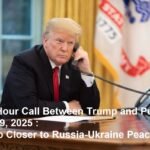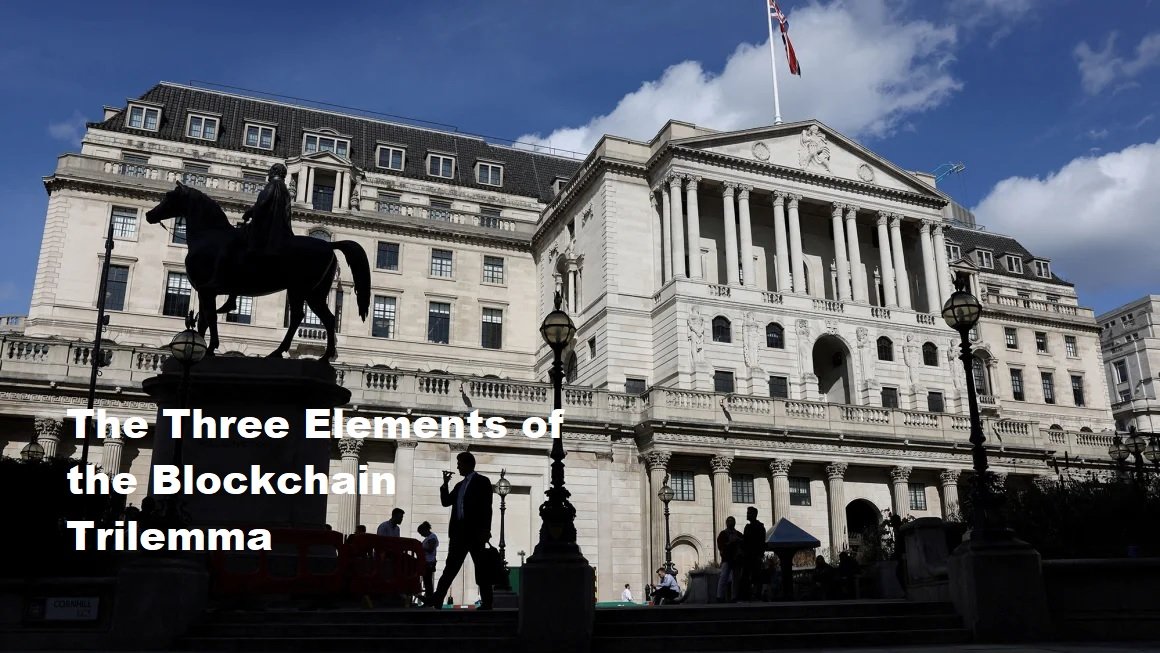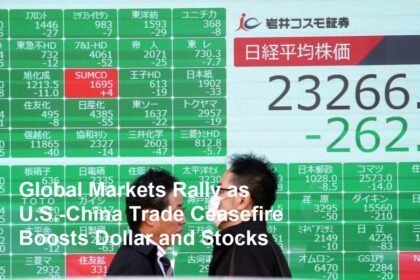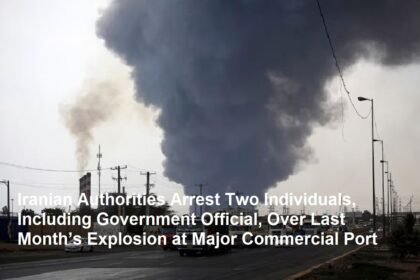On May 19, 2025, Russian President Vladimir Putin publicly declared Moscow’s readiness to work with Ukraine on drafting a memorandum of understanding aimed at paving the way for a future peace agreement. This announcement came shortly after a significant two-hour telephone conversation between Putin and former U.S. President Donald Trump, which has sparked renewed hope for progress in the long-standing Russia-Ukraine conflict.
Putin’s statement marks a notable diplomatic development, as it signals a willingness from Moscow to engage in formal negotiations with Kyiv on the principles and timing of a potential ceasefire and peace settlement. This detailed explanation will explore the context of this announcement, the key elements of the proposed memorandum, the reactions from involved parties, and the broader implications for the peace process.
Context of the Announcement
The Russia-Ukraine war, which erupted in February 2022, has resulted in immense human suffering and geopolitical instability. Despite numerous attempts at ceasefires and peace talks, the conflict has persisted with devastating consequences, including tens of thousands of casualties and widespread destruction.
In recent months, international pressure has intensified for renewed diplomatic efforts to end the hostilities. The May 19 phone call between Putin and Trump, lasting approximately two hours, was a high-profile diplomatic engagement that reportedly focused on exploring pathways toward peace.
Following this call, Putin’s public statement about cooperating with Ukraine on a peace memorandum represents a concrete step toward formalizing negotiations, a move that had been elusive for years.
Key Elements of the Proposed Memorandum
Putin outlined that the memorandum would serve as a framework document defining several critical aspects of the peace process:
| Key Element | Description |
| Principles of Settlement | Foundational agreements on how to resolve the conflict, including political and security terms. |
| Ceasefire Definition | Agreement on the terms and timing of a ceasefire to halt active hostilities. |
| Timing of Peace Agreement | A timeline for negotiating and implementing a comprehensive peace treaty. |
Putin emphasized that Moscow and Kyiv would need to engage in detailed and complex discussions to develop a unified text for this memorandum. Kremlin spokesperson Dmitry Peskov noted that there are no fixed deadlines for these negotiations, reflecting the intricate nature of the process.
Reactions and Positions of Key Stakeholders
Russia’s Position
- Moscow’s readiness to cooperate on the memorandum signals a strategic shift toward formal diplomacy.
- Putin reiterated Russia’s long-standing concerns, including addressing what Moscow calls the “root causes” of the war, which involve demands such as Ukraine’s neutrality and changes in its government structure.
- The memorandum is seen by Russia as a way to secure its security interests while seeking to end the conflict.
Ukraine’s Response
- Ukrainian President Volodymyr Zelenskyy expressed openness to signing a bilateral memorandum that includes provisions for a ceasefire.
- Zelenskyy described the memorandum as a potential first step toward a roadmap for ending the war and achieving a full peace agreement.
- Kyiv remains cautious but hopeful that formal negotiations could lead to tangible progress.
International Community
- The announcement has been met with cautious optimism by global observers, who recognize the complexity of the conflict and the challenges ahead.
- Many emphasize the importance of involving all relevant parties and ensuring that any agreement respects Ukraine’s sovereignty and territorial integrity.
Analysis of the Diplomatic Dynamics
The proposed memorandum represents a significant diplomatic initiative with several important implications:
| Aspect | Potential Impact |
| Formalizing Negotiations | Establishes a structured framework for dialogue, moving beyond informal talks and ceasefires. |
| Ceasefire Prospects | Could lead to a reduction in violence if terms are agreed upon and implemented effectively. |
| Complex Negotiations | The absence of deadlines highlights the difficulty in reconciling divergent positions. |
| Role of External Actors | The involvement of figures like Donald Trump underscores the international dimension of the talks. |
Despite the positive signals, experts caution that the path to peace remains fraught with obstacles, including deep mistrust, ongoing military operations, and differing political objectives.
Conclusion
President Vladimir Putin’s announcement of Moscow’s readiness to collaborate with Ukraine on a peace memorandum following his call with Donald Trump marks a hopeful but cautious step toward resolving the Russia-Ukraine conflict. The memorandum aims to define the principles of settlement, establish a ceasefire, and set a timeline for a comprehensive peace agreement.
While the initiative opens a new chapter in diplomatic efforts, the complexity of negotiations and the need for mutual trust mean that significant challenges remain. Continued engagement, transparency, and inclusive dialogue involving all stakeholders will be essential to transforming this framework into a lasting peace.









